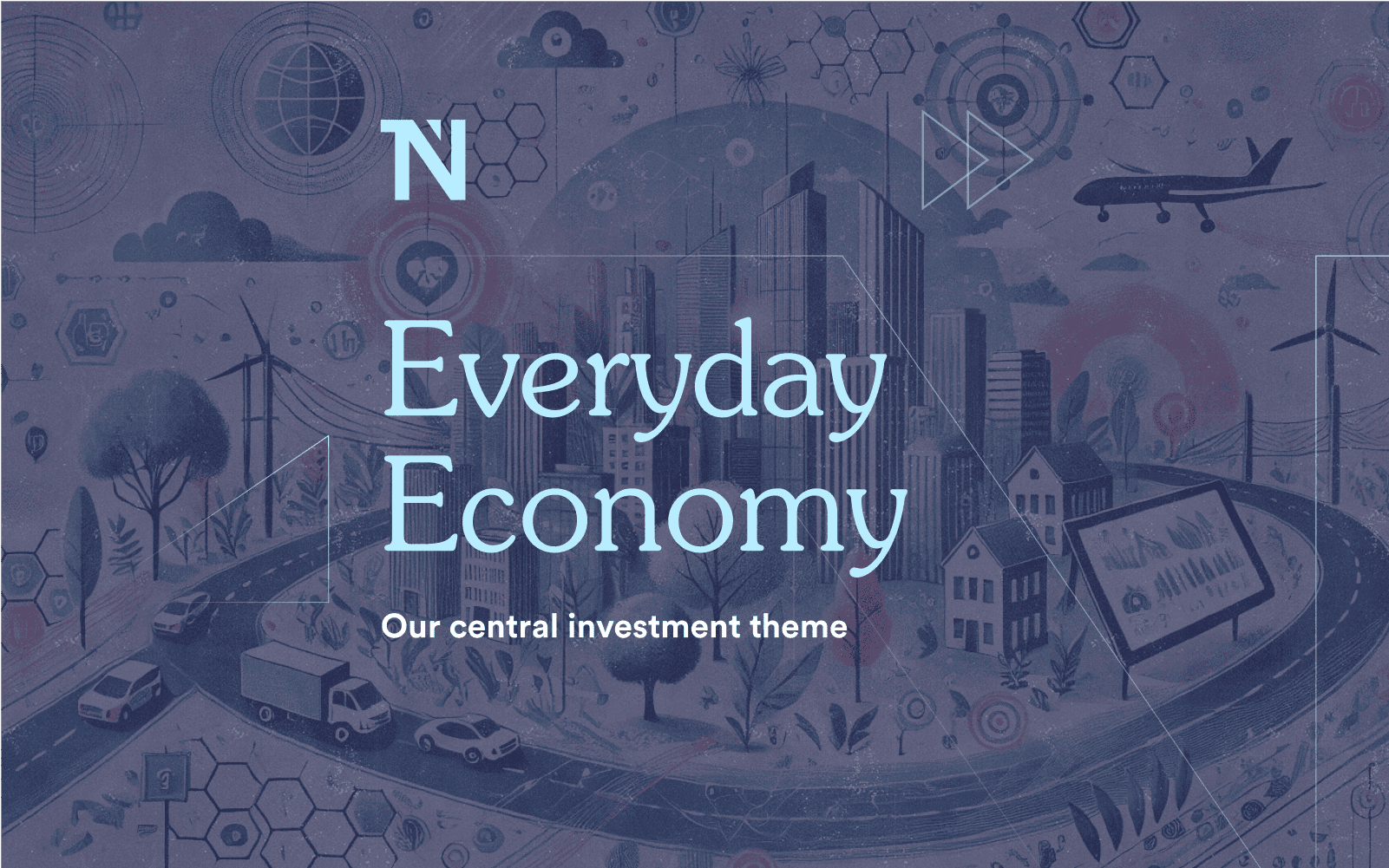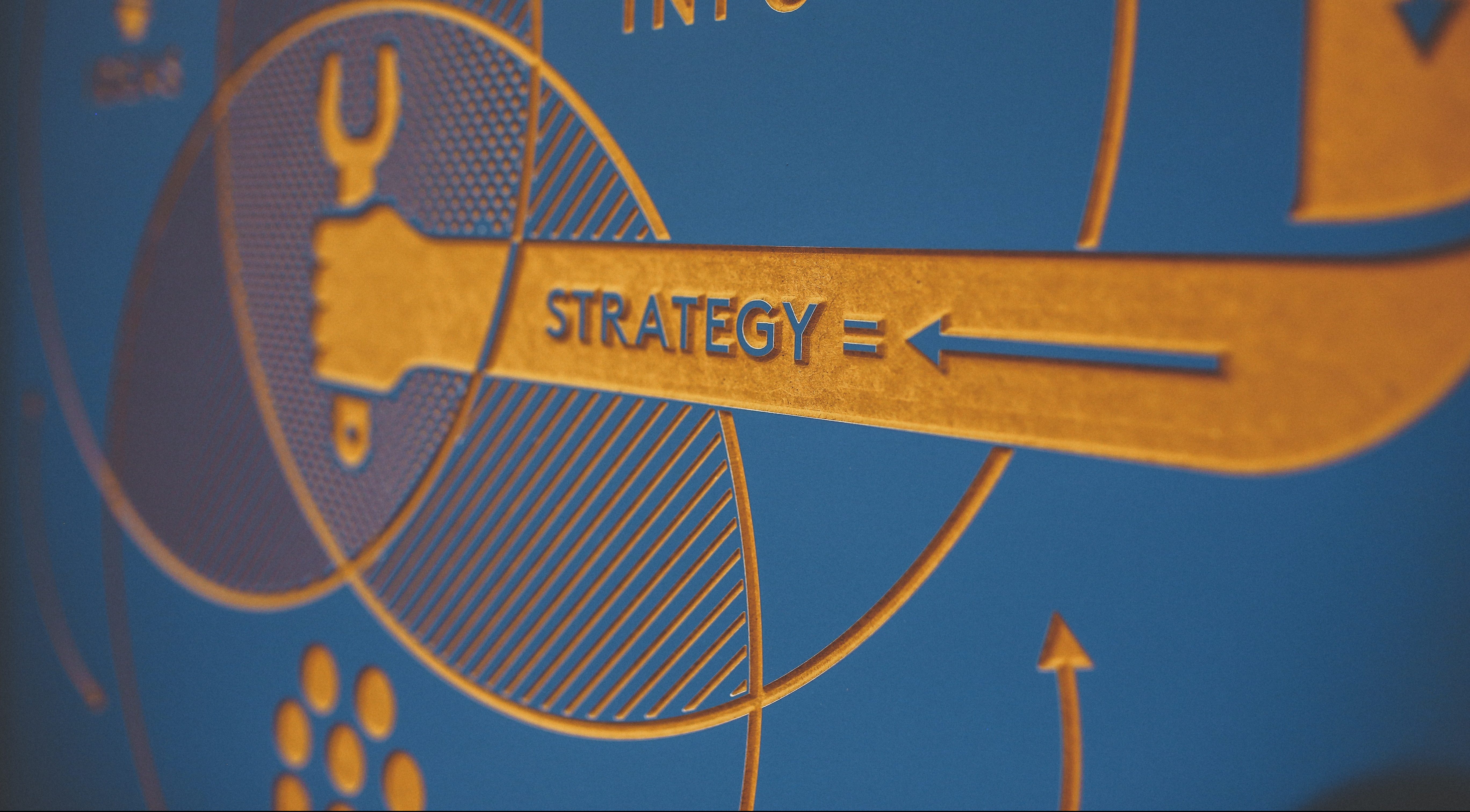


The Everyday Economy — 18 Months Later
In August of 2017, we announced our current fund, NextView III. Along with the new capital, we also discussed our shift from having a generalist tech focus to a thematic focus around what we call “The Everyday Economy”.
You can see a longer read on the Everyday Economy here, but in brief, our focus is on companies that are applying best-in-class technology to address areas of fundamental human need. These include areas like sustenance, shelter, wellness, transportation, and apparel. We invest in both the app-layer, (meaning consumer services that are directly transforming these categories) as well as vertical SAAS and frontier tech that look to power these industries. Examples of this include Dia&Co (plus size fashion), Grove Collaborative(household CPG commerce), Optimus Ride (Autonomous Vehicles), Pi(wireless charging), OFE (logistics), Properly (real-estate tech), and Cozykin(child-care).
We actually started investing against this theme a number of years back, but only explicitly described it as a core part of the NextView strategy about 18 months ago. A couple things come to mind as I reflect on this first year and half:
“What?” but “Why?”
Our main focus when we starting talking about our thesis was on the “what”. Because the ideas behind the Everyday Economy don’t fit into the typical VC focus areas like “marketplaces”, “AI and Machine Learning”, etc, we spent a lot of time trying to describe the types of companies we were looking to invest in and the characteristics of things that may or may not be in play. But in doing this, we haven’t been quite as clear about the “why” behind this thematic lens.
One of the “why’s” behind the Everyday Economy is a POV around where we are in the internet innovation cycle. When we first started talking about the Everyday Economy, there was a lot of consternation in the market around what was next, now that the internet has become largely ubiquitous. Some believed that the most interesting stuff had been done, and we were stuck in an awkward period where the market was still figuring out what the next major tech platform might be.
But our team was convinced that this framing of the present time was not quite right. The internet is not just a typical technology platform, but a super-technology that will have many decades of cascading effects, much like other super-technologies like electricity or the combustion engine. The best stuff isn’t behind us… only the easy stuff is! And the most promising (but hard) stuff is still yet to be built. BTW, we weren’t the only ones to take this position. Another good articulation of this was made by Benedict Evans during his Keynote at the A16Z annual meeting just a couple months ago: https://a16z.com/2018/11/16/summit-2018-benedict-evans-annual-keynote/
The other important “Why” is more about our personal motivations as investors and as people. We launched our current fund in the backdrop of perhaps unprecedented cynicism and negativity around the technology industry. This included fears of a dystopian AI apocalypse, immoral or irresponsible behavior among many leaders in the tech ecosystem, and a general sense that all this so-called “innovation” wasn’t working for the good of everyday people. As a team, my partners and I want NextView to be a force in reversing this narrative. We wanted to take an optimistic view of the future, and hope that we can partner with founders that will show that technology, coupled with amazing people, can lead to products that result in vast human flourishing and organizations that are strong and trustworthy.
What We’ve Done, What We’ve Missed, Where We Are Headed
As we’ve said previously, the Everyday Economy is not a vertical strategy. But it’s often easiest to talk about verticals that interest us, or our POV on where certain markets are headed. Because the majority of our investments in this new fund have been unannounced, we thought it would be helpful to briefly share a bit about areas where we’ve been active, some trends we have admittedly missed, and what we hope to do more of in the future.
One of the areas where we have been quite active thus far has been around household spending on children and pets. These are spending categories that didn’t directly show up on our initial chart of major categories of US consumer spending because they aren’t broken out neatly by the BLS. But these areas are among the largest line-items in the budgets of a typical household, and they are also incredibly important categories beyond just the aggregate dollars.
One area that we’ve probably missed so far has been around micro-mobility. One of the major developments of 2018 was around bike sharing and electric scooters. Although the full story behind these services is still being written, we have yet to make an investment here, and probably need to accelerate our thinking around the kinds of businesses that will serve this need in the long term. It’s still the first innings here, but I admit that we are playing a bit of catch-up.
One area that we would like to do more of is around wellness and consumer health. This is a relatively new market segment for us, and we’ve tried to be realistic about what we know and don’t know about this complicated ecosystem. But after several years of watching and learning, we are starting to push into this area much more aggressively. Our active pipeline includes probably 5X more health-related opportunities today compared to a couple years ago. We’ve also closed three investments in this category in the last year. In addition to two pre-launch, stealth mode investments, we are also proud to be small investors in Devoted Health, which is perhaps one of the most ambitious endeavors in the consumer health space today. This is an area that we are excited to tackle and hope to do much more here in the next several years.
On a personal level, I have found it very liberating to approach the market with a thematic lens around the Everyday Economy. It has allowed us to step aside much more quickly when opportunities weren’t really a fit, and it has also pushed us to be more aggressive and less dogmatic about others. We’ve particularly been able to get our heads around companies that have excited us, but would have seemed odd or whacky when viewed with a more traditional VC lens. As we look forward to 2019, our 8th year in existence, I feel like our shift to a thematic fund makes many things feel like new. We’re not the new kids on the block anymore, but it’s still always just Day 1 at NextView.





